Nissan should rightly feel aggrieved that Tesla makes all the the headlines when it comes to electric cars. Since 2010, the Leaf has been wafting down the world's (mostly urban) roads under electric power. The company has sold 300,000 of them, making Nissan the global leader in electric vehicle sales.
Nobody else has done this. Something else nobody has done is release a second-generation mass market electric car. The new Nissan Leaf launched just over a month ago in a blaze of light and sound in Tokyo and we're back, fresh from poking around the new IMx electric concept, to see how the new model drives.
Nissan Leaf 2017:
| Engine Type | Not Applicable, 0.0L |
|---|---|
| Fuel Type | Electric |
| Fuel Efficiency | 0.0L/100km (combined) |
| Seating | 5 |
| Price From | $10,450 - $14,300 |
| Safety Rating |
|
Is there anything interesting about its design?
Let's be honest, the first Leaf wasn't a gorgeous car and neither is the second. It's mercifully less blobby than the older car which reminded me of a humpback whale, and more conventional-looking all-round. It could pass as a kind of Pulsar facelift.
Or it would if it wasn't bristling with details that mark it out as an EV. Blue flashes abound being the colour of choice for carmakers across the world to denote...er...green cars. The optional two-tone paint is quite effective. It's got a clear "shaped by aero" look about it, which is sensible as every little bit helps.
Inside could be mistaken, again, for one of the marque's less advanced machines. That's bound to be deliberate to both keep costs down and to make the car more appealing to a wider range of buyers.
What is impressive is the new media system and the way it integrates properly into the dash. Materials are variable, with some hard plastics here and there, but the stuff you touch the most is pretty good.
How practical is the space inside?
Like any conventional hatchback, you'll be perfectly happy in the Leaf as long as you're up front or not too tall. The driving position is probably the only sticking point in the new Leaf. As with its predecessor, it's missing reach adjustable steering. As you sit a little high due to the thicker-than-usual floor (the batteries are under there), that's going to be an issue for taller drivers.
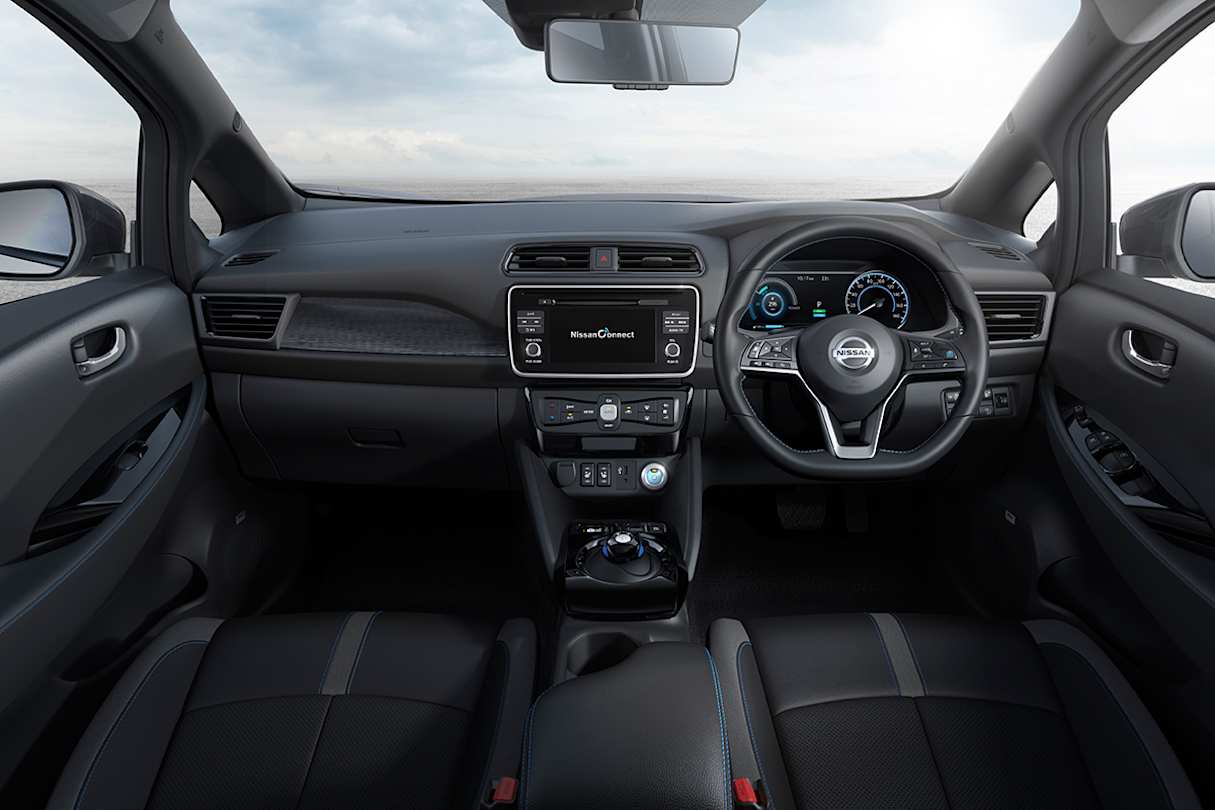
Apart from that, it's got the usual lofty roof, a back seat you could put three kids across and cupholders front and rear for a total of four. The boot will swallow 435 litres of stuff, although if we have a space-saver spare, it might take a dive. As it is, the boot is deep and could probably do with a false floor to stop you from having to bend down to place or retrieve things.
Does it represent good value for the price? What features does it come with?
Australia is a small market, so we're some way off from actual pricing. Nissan execs have been promising other markets pricing that is basically flat - that would mean, hopefully, a price below $50,000.
Basic spec looks like being 16-inch alloys, cloth trim with blue stitching, six speaker stereo with Apple CarPlay and Android Auto, sat nav, reversing camera, front and rear parking sensors, auto LED headlights and a space saver spare (the Japanese spec cars didn't have a spare).
The Nissan stereo head unit is only a small unit, at 5.0 inches.
ProPilot semi-autonomous highway and parking functionality and the nifty rear vision mirror which is actually a screen fed by a rear-facing camera are both likely to be an option.
The Nissan stereo head unit is thankfully better, but more importantly, it has those aforementioned smartphone mirroring plug-ins. Expect more of this in other Nissans, too - a well-placed executive I spoke with was mystified as to why it wasn't already in everything Nissan could fit it to, and promised more to come. Sadly the screen is only a small unit, at 5.0 inches.
What are the key stats for the engine and transmission?
The new Leaf's battery and motor are big step forward. The battery capacity has jumped to 40kWh, with range up to a claimed 400km on Japanese cycle figures. Power is up from 80kW to 110kW and torque is also up to a healthy 320Nm, a rise of 24 per cent.
Power goes to the front wheels via a single-speed transmission.
How much fuel does it consume?
Obviously fuel consumption is a big fat zero, but the range is what you want to know about. We covered a range of road types and speeds and the range looked to be a fairly reasonable 280-350km depending on how much stick you apply.
Charging on a domestic plug will take around 16 hours at 3kW and 8 hours at 6kW. On the day before our drive, Nissan showed us a working concept of a drive-over mat for inductive charging, which means no plugs or wires and an easy drive up, switch off and charge experience. It's a few years away, however.
What's it like to drive?
Like all electric cars, the Leaf is fun even if it isn't meant to be. Nissan's global PR machine have spent the best part of the last month or so talking up the Leaf's driving appeal so expectations were high. They were further jacked up by the NISMO Leaf Concept on the Tokyo Motor Show stand a couple of days before we drove the standard car.
As always, the way an EV drives is quite striking. The step off from standstill is addictive - the Leaf is the strong and silent type, the the dash to city speeds dispatched with vigour. The run to 100km/h is well under ten seconds, too, so while it's not a rocket, it's not a slouch either.
.jpg)
New to the Nissan is one pedal operation or what the Japanese company calls ePedal. It's switchable (and best used in town) and differs from a similar system on the BMW i3 by not just using the drag of the electric motor when you lift off the throttle, but also lightly applies the brakes. The idea you would rarely need the brake pedal was easy to swallow and proved to be absolutely true. It does make the car fun to dart around in but also relaxing, which isn't a bad trick.
But fun in the traditional sense? Not really. While we didn't point it down a bendy road, the very light steering is unlikely to win it any fans. Grip seemed good, though and it doesn't feel heavy like some electric cars do (yes, Tesla).
Key to an electric car is the range. Nissan claims 400km which is as believable as a fuel figure sticker, but subject to the same rational thinking as those stickers. Our limited run from Nissan's HQ in Yokohama on a short-ish loop (which did involved some less than sympathetic use of the ePedal) and a sprint along a freeway saw us return with still 228km range left. While that sounds a bit weak, it does mean that normal driving should yield around 350km in the real world, which isn't terrible.
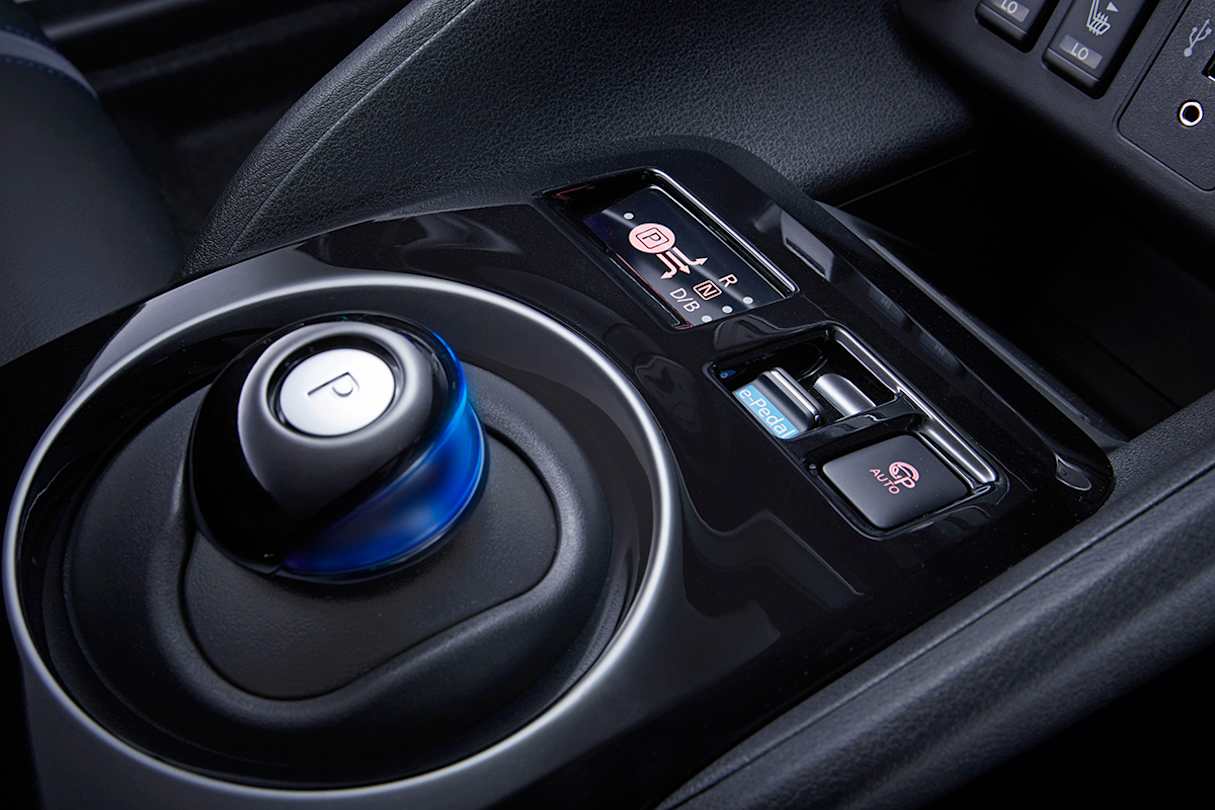
Another of Nissan's favourite features is ProPilot. Billed as semi-autonomous driving, that's probably a bit of a stretch. It worked well enough, keeping to a speed, keeping to a lane, and braking for slow cars in front - but it's really just a cleverer active cruise control.
ProPilot Park is also nothing we haven't seen before but, my goodness, it's slow. If you park as slowly as the Leaf parks itself, someone will probably get out of the car behind and clock you one. Thankfully, Nissan's European team is going to speed things up to what we expect from, say, a Golf.
Warranty & Safety Rating
What safety equipment is fitted? What safety rating?
The Leaf will leave the Oppama and Sunderland plants with at least six airbags, ABS, stability and traction controls. Also available is AEB and rear cross-traffic alert as well as the ProPilot semi-autonomous driving that adds lane-keeping and blind spot monitoring. Two ISOFIX attachment points are expected.
What does it cost to own? What warranty is offered?
It's likely the Leaf will be covered by the usual Nissan warranty but further to that, Nissan has nothing yet to offer, which is understandable given how long it will be before the car arrives. It is expected Nissan will carry over its existing eight-year/160,000km battery warranty.
Verdict
The Leaf is a long way from reaching our shores, probably late 2018. Australia just isn't a big market for the Leaf and in Japan alone the first month of sales has yielded 9000 orders, which is a cracking start by any measure.
The new Leaf is way better than the old car - it's stiffer, even quieter and has a far better range. Only problem is, we're a long way from seeing it and its likely $50,000 (or thereabouts) price tag is possibly a bridge too far for Australians.
This is the first second-generation mass-produced electric car, putting Nissan ahead of the game. With 3.5 billion kilometres covered by the first generation, that's a lot of data for Nissan to have consumed and learnt from. And they have.
Will the Leaf's better range and more accessible looks tempt you away from buying another petrol or diesel...or hybrid...hatch
Range and Specs
| Vehicle | Specs | Price* |
|---|---|---|
| Base | Electric, 1 SPEED AUTOMATIC | $10,450 - $14,300 |















.jpg)

.jpg)



















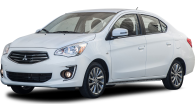






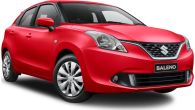





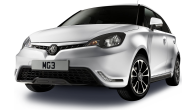

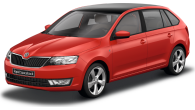
.jpg)




.jpg)